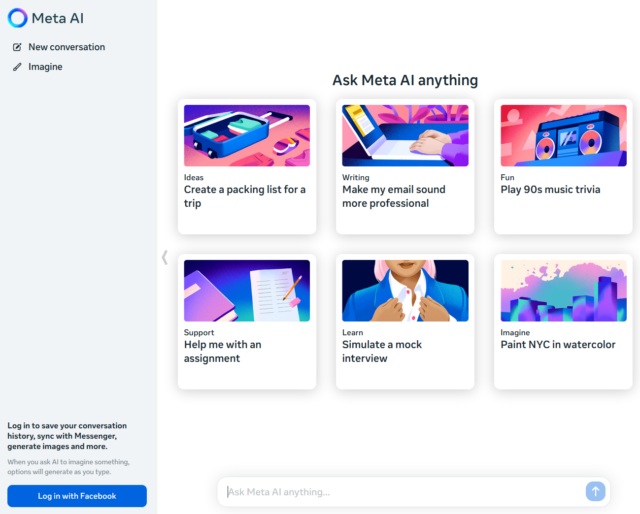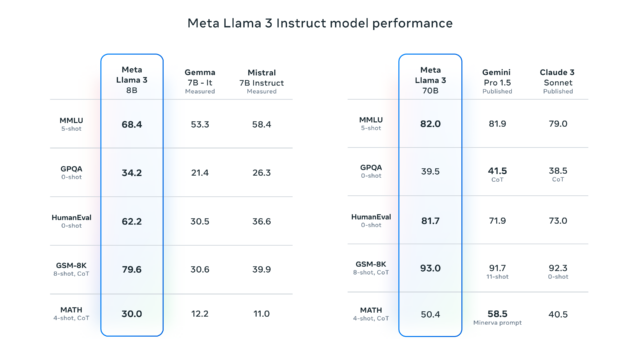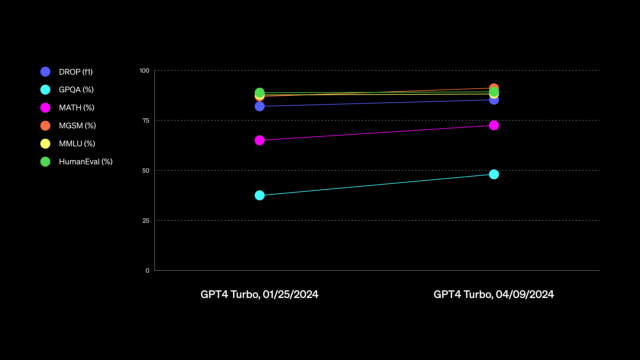Professor sues Meta to allow release of feed-killing tool for Facebook

themotioncloud/Getty Images
Ethan Zuckerman wants to release a tool that would allow Facebook users to control what appears in their newsfeeds. His privacy-friendly browser extension, Unfollow Everything 2.0, is designed to essentially give users a switch to turn the newsfeed on and off whenever they want, providing a way to eliminate or curate the feed.

Ethan Zuckerman, a professor at University of Massachusetts Amherst, is suing Meta to release a tool allowing Facebook users to “unfollow everything.” (Photo by Lorrie LeJeune)
The tool is nearly ready to be released, Zuckerman told Ars, but the University of Massachusetts Amherst associate professor is afraid that Facebook owner Meta might threaten legal action if he goes ahead. And his fears appear well-founded. In 2021, Meta sent a cease-and-desist letter to the creator of the original Unfollow Everything, Louis Barclay, leading that developer to shut down his tool after thousands of Facebook users had eagerly downloaded it.
Zuckerman is suing Meta, asking a US district court in California to invalidate Meta’s past arguments against developers like Barclay and rule that Meta would have no grounds to sue if he released his tool.
Zuckerman insists that he’s “suing Facebook to make it better.” In picking this unusual legal fight with Meta, the professor—seemingly for the first time ever—is attempting to tip Section 230’s shield away from Big Tech and instead protect third-party developers from giant social media platforms.
To do this, Zuckerman is asking the court to consider a novel Section 230 argument relating to an overlooked provision of the law that Zuckerman believes protects the development of third-party tools that allow users to curate their newsfeeds to avoid objectionable content. His complaint cited case law and argued:
Section 230(c)(2)(B) immunizes from legal liability “a provider of software or enabling tools that filter, screen, allow, or disallow content that the provider or user considers obscene, lewd, lascivious, filthy, excessively violent, harassing, or otherwise objectionable.” Through this provision, Congress intended to promote the development of filtering tools that enable users to curate their online experiences and avoid content they would rather not see.
Unfollow Everything 2.0 falls in this “safe harbor,” Zuckerman argues, partly because “the purpose of the tool is to allow users who find the newsfeed objectionable, or who find the specific sequencing of posts within their newsfeed objectionable, to effectively turn off the feed.”
Ramya Krishnan, a senior staff attorney at the Knight Institute who helped draft Zuckerman’s complaint, told Ars that some Facebook users are concerned that the newsfeed “prioritizes inflammatory and sensational speech,” and they “may not want to see that kind of content.” By turning off the feed, Facebook users could choose to use the platform the way it was originally designed, avoiding being served objectionable content by blanking the newsfeed and manually navigating to only the content they want to see.
“Users don’t have to accept Facebook as it’s given to them,” Krishnan said in a press release provided to Ars. “The same statute that immunizes Meta from liability for the speech of its users gives users the right to decide what they see on the platform.”
Zuckerman, who considers himself “old to the Internet,” uses Facebook daily and even reconnected with and began dating his now-wife on the platform. He has a “soft spot” in his heart for Facebook and still finds the platform useful to keep in touch with friends and family.
But while he’s “never been in the ‘burn it all down’ camp,” he has watched social media evolve to give users less control over their feeds and believes “that the dominance of a small number of social media companies tends to create the illusion that the business model adopted by them is inevitable,” his complaint said.
Professor sues Meta to allow release of feed-killing tool for Facebook Read More »






























